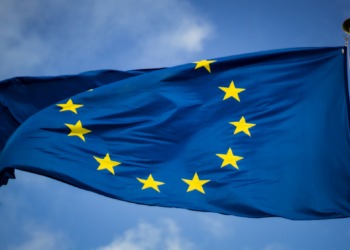According to a report by Bloomberg, Saudi Aramco, the world’s biggest oil company, successfully secured funds from sustainable investors through a complex financial arrangement.
Although Aramco did not initially intend to tap into funds designated for ESG goals, the involvement of ESG investors in financing a fossil fuel company raises concerns about the strategies used in the Gulf region.
Aramco established two subsidiaries, the Saudi Aramco Oil Pipelines Company, and the Aramco Gas Pipelines Company, and sold 49% of their shares to consortiums led by EIG Global Energy Partners and BlackRock.
The consortiums established two special purpose vehicles (SPVs) called EIG Pearl Holdings and GreenSaif Pipelines Bidco to pay back their bank loans. These SPVs sold bonds that were evaluated favorably in JPMorgan Chase’s sustainability screening because they were not directly connected to the fossil fuel industry.
These bonds then entered JPMorgan’s ESG indexes.
RELATED ARTICLES: ‘Green Lemons’ Need to be Squeezed out From the ESG Market | Sweden’s New $90 Billion Pension Plan: Non-ESG Funds Not Welcome | Women in Finance: Overcoming Gender Bias and Advancing Careers | bettervest: Investing in Impactful Projects Without Compromising Financial Returns |
ESG investors, including funds managed by UBS Group, Legal & General Investment Management, and HSBC Holdings, became bondholders of the SPVs. Some ESG investors have purchased these package deals despite their reluctance to invest in oil and gas company bonds. If no intervention occurs, more of these securities may enter ESG indexes.

While ESG rating methodologies lack transparency and suffer from data gaps, regulators are scrutinizing the ESG rating industry to address these inconsistencies.
The European Commission, for example, has proposed significant reforms to the ESG rating market, including breaking up conglomerates that provide ESG scores alongside other services and compelling providers to publish their methodologies.
Saudi Aramco intends to decrease its emissions, but its poor ESG scores caused it to be excluded from ESG funds. On the other hand, the EIG Pearl vehicle received a low ESG risk rating. Still, it is not independently covered by ESG data providers because it is an SPV.
Aramco’s financing structure for its pipeline subsidiaries involved a lease and lease-back arrangement. Other Gulf companies have also used this approach, although on a smaller scale. However, combining these major carbon emitters and ESG has raised concerns about potential greenwashing. Tighter regulations are necessary to prevent misleading ESG claims and protect investors.
Editor’s Note: The opinions expressed here by the authors are their own, not those of Impakter.com — In the Featured Photo: An oil rig. Featured Photo Credit: Freepik.










